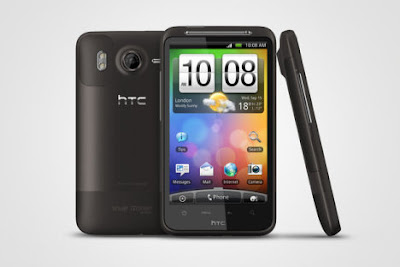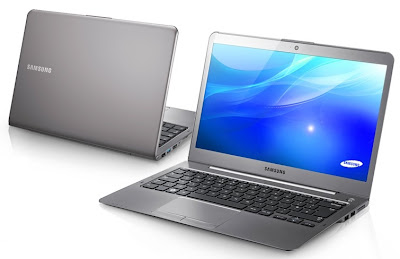When Sony Ericsson released its Xperia Neo V in November of last year, we were amazed. Selling for a bit over 13K, is had a 1 GHz Qualcomm MSM8255 Snapdragon inside. This processor was found on more expensive phones like the HTC Desire S and HTC Desire HD, but the Xperia Neo V had a much lower price. Coupled with a high resolution 3.7-inch display, 512 MB of RAM and 320 MB of expandable storage, we said it was phone most buyers could buy, without regretting not buying something more expensive.
Yugatech reports that Sony is releasing a updated version of the the Xperia Neo V, the Xperia Neo L, next week. The suggested retail price of the Xperia Neo L is Php12,490. The Sony Xperia Neo L, is essentially a Xperia Neo V, with a larger 4-inch display in a slightly slimmer case.
Quick specifications:
- Android OS (Android 4.0.3 Ice Cream Sandwich)
- 4-inch (480 x 854) LCD
- 1 GHz Scorpion processor
- Adreno 205 GPU
- Qualcomm MSM8255 Snapdragon
- 512MB RAM
- 300MB internal storage expandable up to 32GB via MicroSD card
- 5MP auto focus primary camera with LED flash and 720p video recording
- VGA secondary camera
- WiFi/Bluetooth/Micro USB
- HDMI Out
- HSDPA, 7.2 Mbps; HSUPA, 5.76 Mbps
- 1500 mAh battery
Is the new Xperia L as good a deal today as the Xperia Neo V was last year? Surprisingly, it is. It's primary competitors on the market are the HTC One V and the Sony's own Xperia U.
Versus the Sony Xperia U. The Sony Xperia U, has a suggested retail price of Php13,990, but these days can be bought for less than 12K with an official warranty. It is the cheapest dual core phone in the market, which is the main reason to select this phone.
The Sony Xperia U has a smaller 3.5-inch display and it does not come with a MicroSD card slot. Overall it is a better package than the Sony Xperia Neo L, but it has 6 GB of user available internal storage (2GB for apps and 4 GB for media, pictures and documents), and that is either enough for you or not. If you want a larger display or need more storage than the Sony Xperia Neo L is the better choice among the two.
Versus the HTC One V. The Sony Xperia Neo L pretty much matches the specifications of the HTC One V at a lower price. The Xperia Neo L actually has a larger 4-inch display versus the 3.7-inch display on the One V.
On the minus side, the Sony Xperia Neo L has only 300 MB of internal storage, which is less than a third of the internal storage on the HTC One V. The storage is expandable via a MicroSD card, but not all apps can be installed on the MicroSD card. This is a bit disappointing since even entry level phones like the Samsung Pocket and LG Optimus L3 have much more internal storage than the Xperia Neo V.
The Xperia Neo L, is slimmer than the last years model, but at 12.2 mm it really is looking chunky this year with newer model being in the 10 mm or less range. The One V is just 9.2 mm thick. Also, it still uses physical buttons rather than the capacitive buttons used in most phones these days.
The HTC One V, can be found in the market now for just Php13,290, or about 1K more than the Sony Xperia Neo L. Overall, I like the HTC One V better.
Our take. At around 12-13K, the Sony Xperia U is still our favorite. Dual core power gives it more longevity in our book. For those wanting expandable storage, the HTC One V is a good choice. Those who want a larger display should take a look at the Sony Xperia Neo L.







































